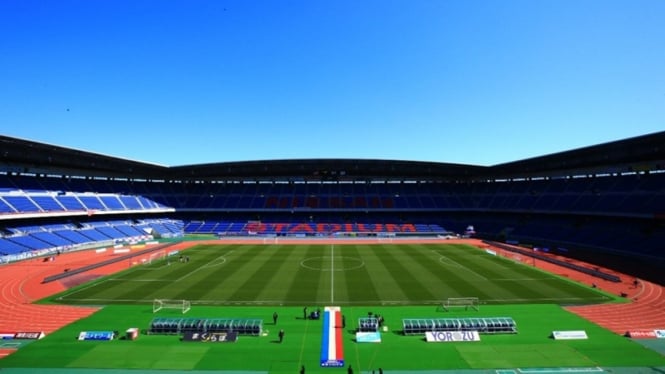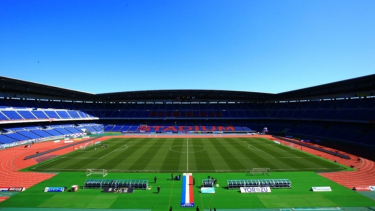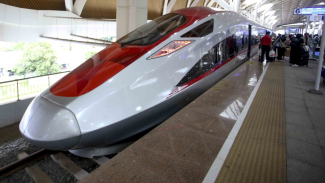5 Stadiums with the Largest Capacity in 2022 J League
- Dok. J League
VIVA – Currently, the J League contains 57 teams spread across three divisions from the J1 to the J3 League. The stadium with a large capacity is the headquarters for several teams in the 2022 J League.
Actually, the stadium of each team has a different capacity and it’s known to be beautiful.
First, the stadium that has a large capacity is the Nissan Stadium. This stadium is a headquarter for Yokohama F. Marinos team. This stadium has a capacity of 71,822 spectators. Nissan Stadium is the only location with a capacity for more than 70 thousand spectators in Japan's highest caste competition this season.
Saitama Stadium 2022 is the second place. This stadium is home to the Urawa Red Diamonds and has a capacity of 62,010 spectators. The stadium was completed in July 2001 and was used for the 2002 FIFA World Cup matches.
Saitama Stadium 2022
- Dok. J League
Third, Yanmar Stadium Nagai is a stadium located in Nagai Park Higashisumiyoshi-ku Osaka. It was the main venue for the 2007 IAAF World Athletics Championships.
Yanmar Stadium has a capacity of 47,851 spectators. This stadium is the headquarters of the Cerezo Osaka team.
However, Cerezo Osaka is not always based there. They use Yanmar Stadium Nagai for big matches, while when playing regular matches, they use Unilever Stadium Shintomi.
In fourth place, Ajinomoto Stadium is known as Tokyo Stadium in the AFC Champions League. This stadium has a capacity of 47,581 spectators. Ajinomoto Stadium is home to the F.C. Tokyo.
In fifth place, Toyota Stadium has a capacity to accommodate 43,739 spectators. The stadium is located in Toyota, Aichi Prefecture, Japan. This stadium is a headquarters for Nagoya Grampus.
Not only that, this stadium is one of the three venues for the FIFA Club World Cup, such as the 2005, 2006, 2007 and 2008 seasons.





















